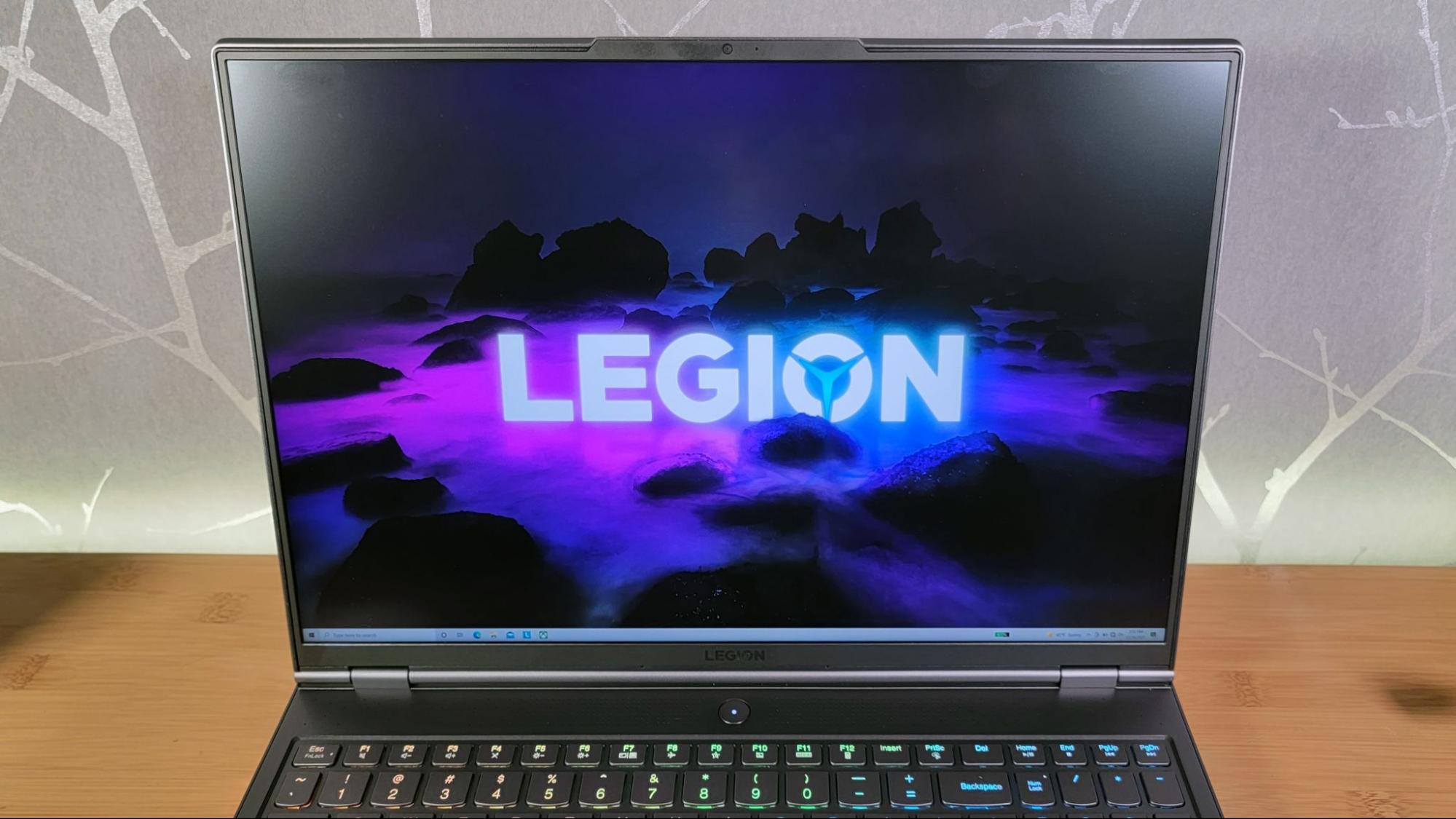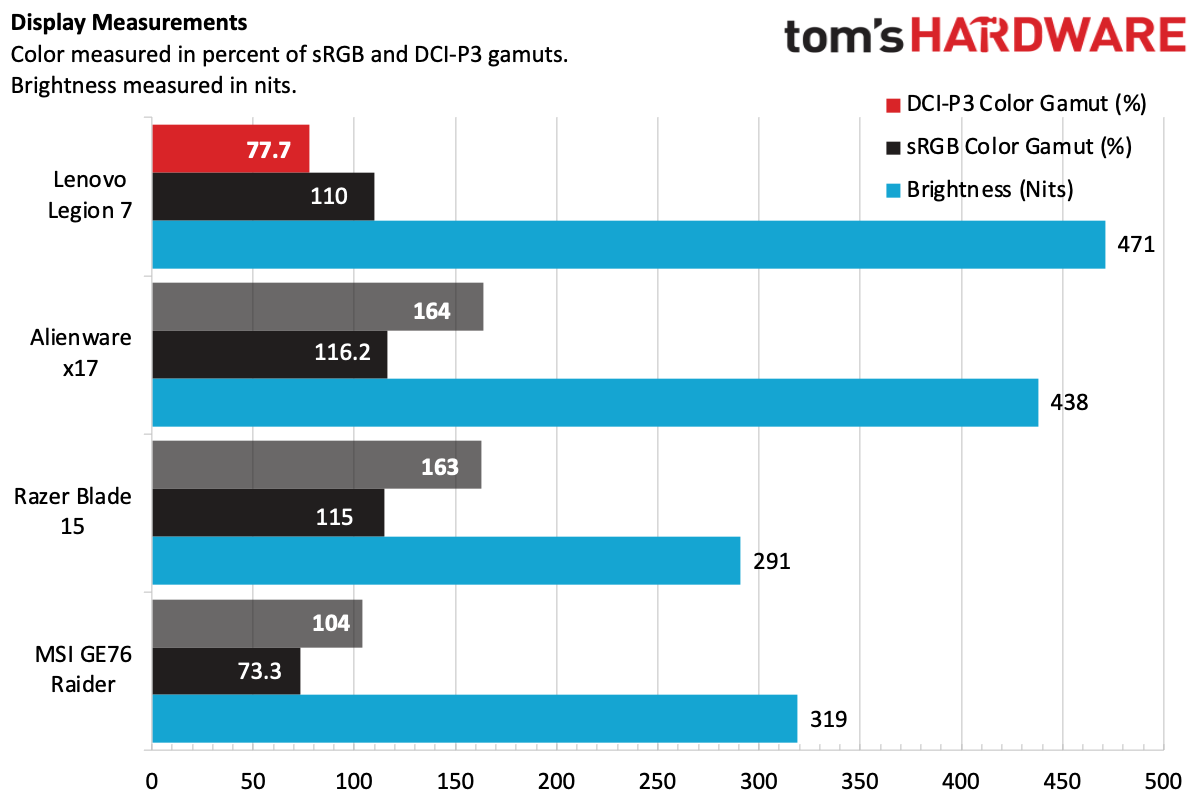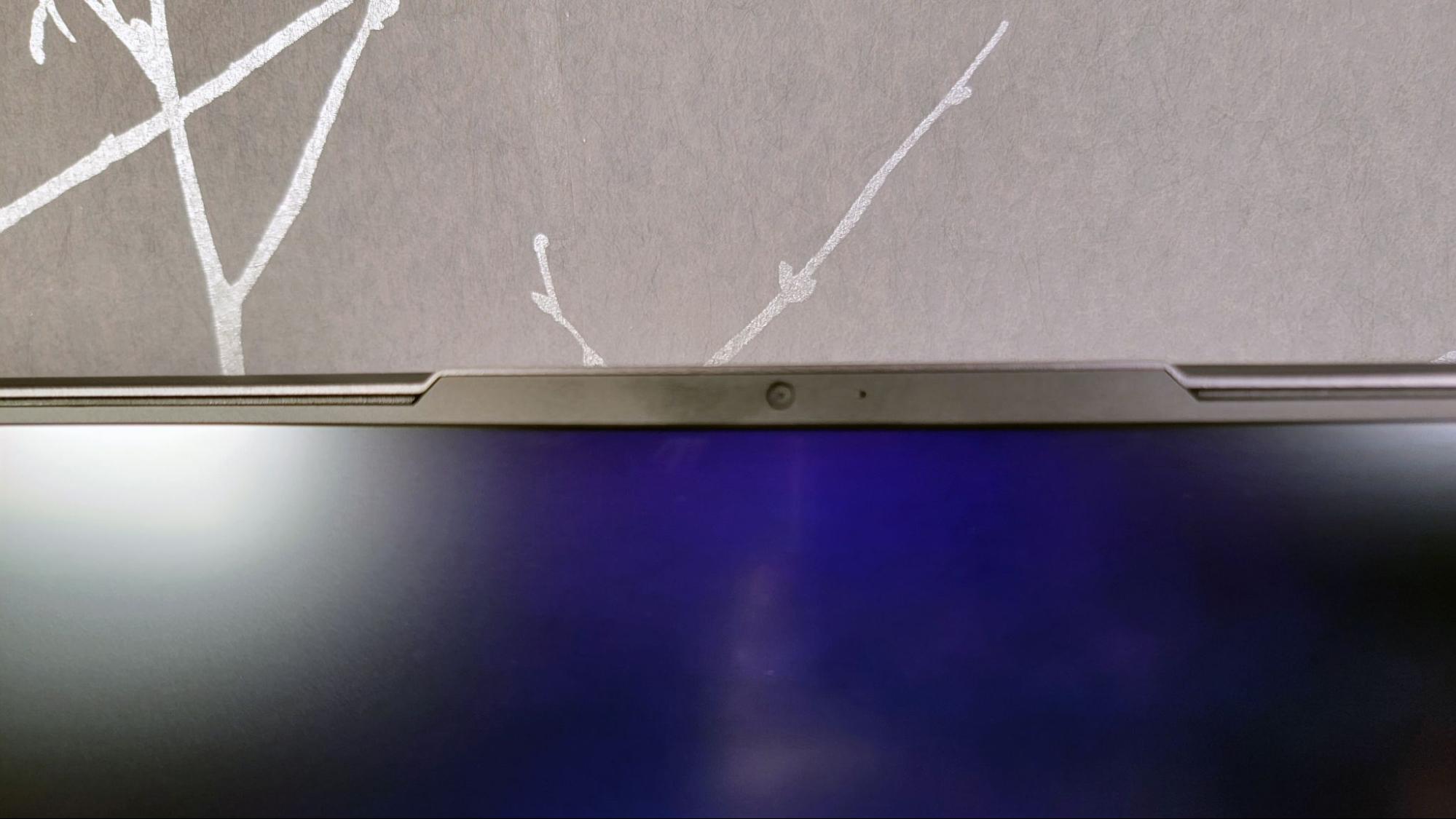Tom's Hardware Verdict
The Lenovo Legion 7 fires on all cylinders in terms of performance, sound, and design, especially with top-end specs. But you'll have to deal with some heat.
Pros
- +
+ Great design and RGB lighting
- +
+ Excellent performance
- +
+ Lenovo Vantage is handy
- +
+ Great speakers
Cons
- -
Runs hot and loud
- -
Pixelated webcam quality
Why you can trust Tom's Hardware
It's hard not to have high expectations for the Lenovo Legion 7. The Lenovo Legion 7i, its Intel-based sibling, is one of the most powerful machines on the market, with a tremendous 16-inch display. The Legion 7 (note the lack of an i) is an AMD-equivalent of that system ($1,439.99 to start, $2,649.99 as tested.) The Legion 7 retains the design and some of the hardware of our previous review unit, like an RTX 3080, 32GB of DDR4 RAM, and 1TB of SSD storage. But this time, it is using a Ryzen 9 5900HX, one of AMD's highest-end mobile processors.
With its Intel-based sibling sitting firmly as one of the best gaming laptops for its power, design, and price, we anticipated that the same would be the case for our review of the AMD-powered Legion 7. It's not a perfect laptop, but we were pretty pleased.
Design of the Lenovo Legion 7

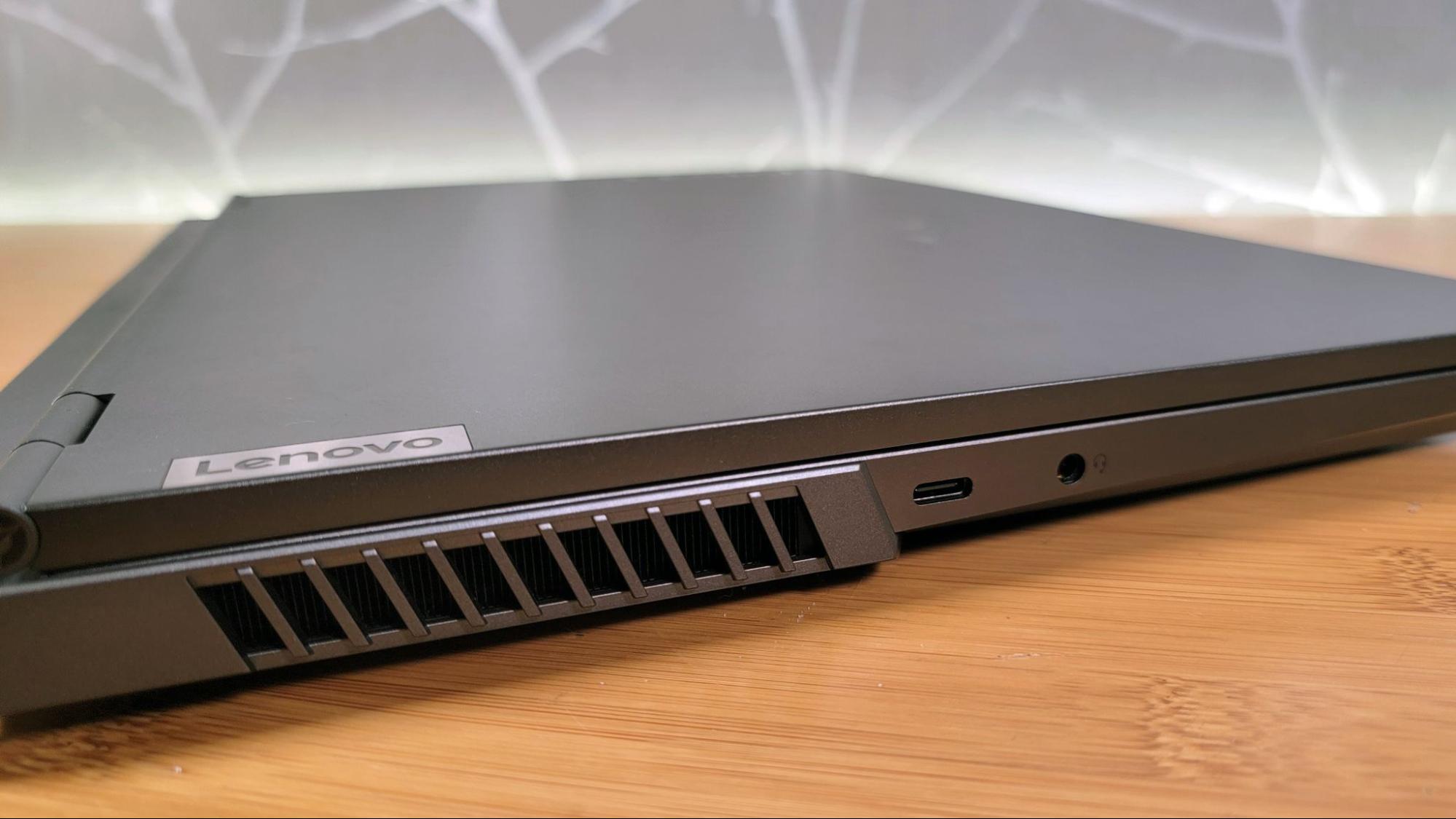

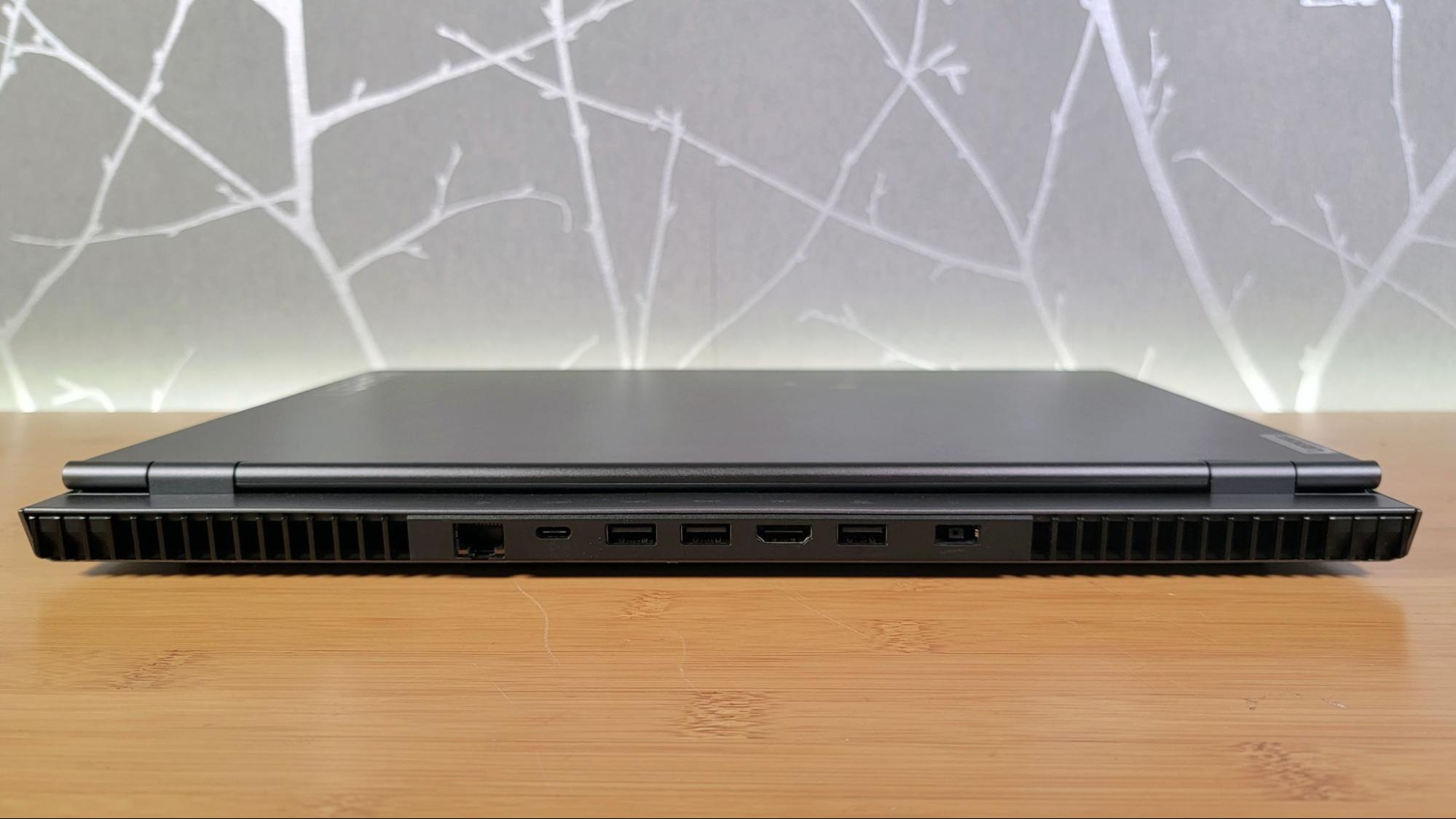
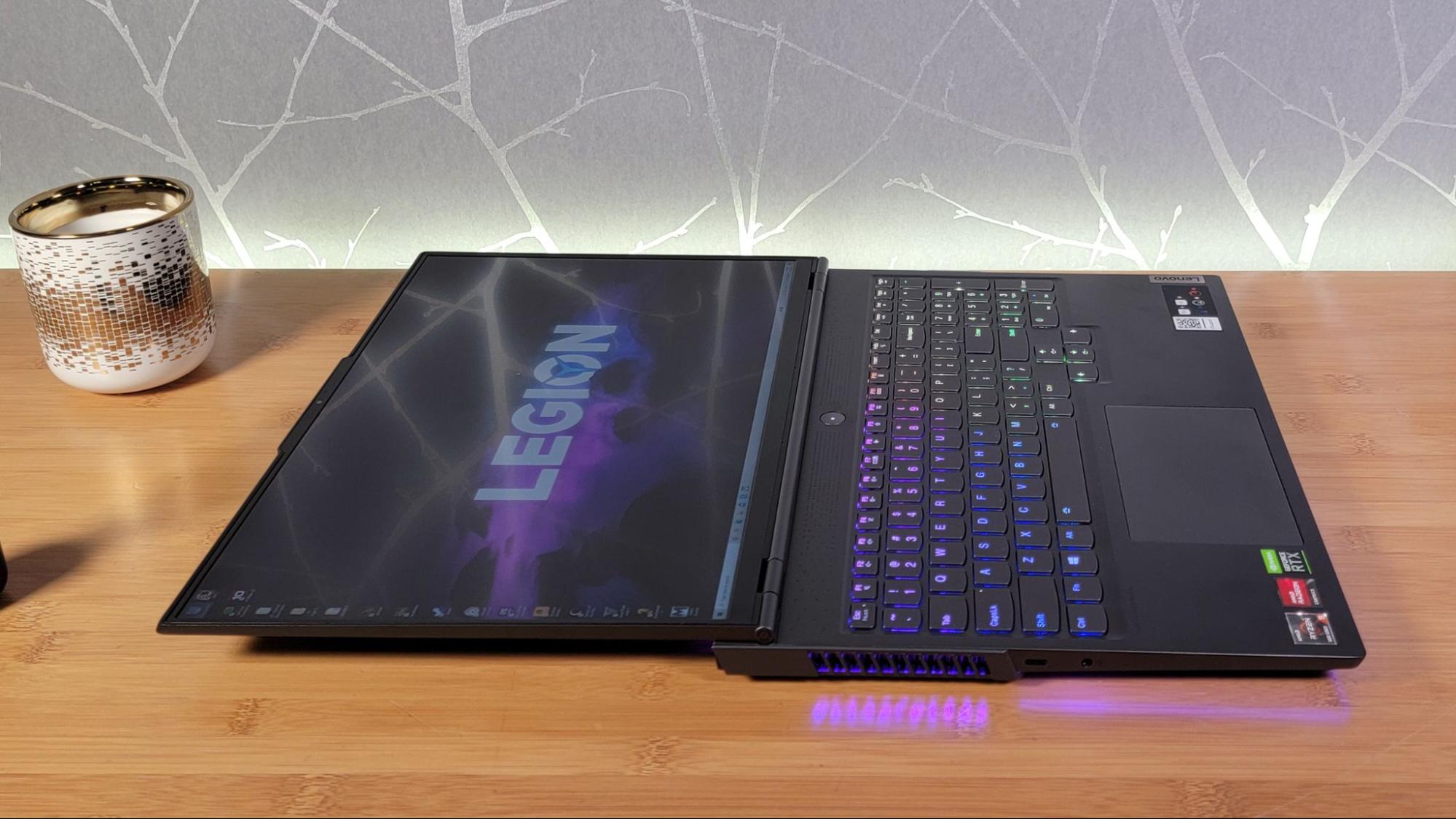
The 16-inch Lenovo Legion 7 is gorgeous at first sight, even before it’s powered on. The aluminum chassis is dark gray. “Lenovo” and “Legion” are discreetly printed on the bottom right and top left of the chassis, respectively, and I appreciate how much the lettering blends into the color scheme. When I opened the laptop, I noticed the equally understated branding engraved on the indent of the chassis. I also realized how sharp all four corners were when the palm of my hand pushed into them while adjusting.
Once fully opened, You'll see that the display bezels on all four sides are narrow, which is excellent. The Lenovo features iCue-powered RGB lights that surround the bottom of the laptop and its keyboard. When they’re all powered, the computer looks magnificent. I personally think it embodies what a gaming laptop should look like, though you can customize the lights or even turn them off in software. Even though the lights can be draining on the battery, it was almost irresistible to keep them from turning off when plugged in.
There is a vent on each side of the laptop and two fans hidden underneath a mesh panel on the bottom. Behind the computer are two more vents, and in between the two is where most of the ports for the Legion 7 are located. The multitude of port support is excellent. There is a USB-C 3.2 and headphone jack on the left of the laptop and a USB-C 3.1, and an electronic shutter button on the right that turns the webcam on and off. In the rear are a USB-C 3.2 with DP capabilities, three USB-A Ethernet ports, and an HDMI 2.1 port. Unlike the Legion 7i, the Legion 7 doesn't utilize Thunderbolt 4, which is why you see all of the USB-C ports instead.
The design allows for excellent ventilation, and there are feet on the bottom of the laptop to keep it elevated. But this does nothing to keep the computer from getting overly hot. More on that later.
The Lenovo Legion 7 measures 14.01 x 10.27 x 0.93 inches, smaller than the Alienware x17 and MSI GE76 Raider at 15.72 x 11.79 x 0.84 inches and 15.63 x 10.57 x 1.08 inches, respectively, though those have 17-inch screens. The Lenovo laptop weighs 5.5 pounds, lighter than the notebooks mentioned above at 7.05 and 6.39 pounds, respectively. The only rival with smaller dimensions and weight is the Razer Blade 15 (2021) at 13.98 x 9.25 x 0.67 inches and 4.40 lbs. But of course, that laptop has a smaller display.
Get Tom's Hardware's best news and in-depth reviews, straight to your inbox.
Lenovo Legion 7 Specifications
| CPU | AMD Ryzen 9 5900HX |
| Graphics | NVIDIA GeForce RTX 3080 Laptop GPU |
| Memory | 32GB DDR4-3200 |
| Storage | 1TB SSD |
| Display | 16-inch QHD (2560 x 1600) IPS 16:10, 165Hz |
| Networking | Killer Wi-Fi AX1650 (2x2), (2x2 WiFi 802.11ax, Bluetooth 5.1 |
| Ports | 2x USB 3.2 Gen 2 Type-C,, USB 3.2 Gen 1 Type-C, E-Shutter button, 3x USB-A 3.2 Gen 1, HDMI 2.1, Ethernet |
| Camera | 720p with E-Shutter |
| Battery | 80 Wh |
| Power Adapter | 300W |
| Operating System | Windows 10 Home |
| Dimensions(WxDxH) | 14.01 x 10.27 x 0.93 inches (356 x 261.04 x 23.5 mm) |
| Weight | 5.5 pounds (2.49 kg) |
| Price (as configured) | $2,649.99 |
Gaming and Graphics on the Lenovo Legion 7
Lenovo equipped this Legion 7 with an Nvidia Geforce RTX 3080 with 16GB of GDDR6 memory, alongside an AMD Ryzen 9 5900HX, which is an impressive combination. Every competitor mentioned here also sports an RTX 3080, except for the Razer Blade 15, which has a 3070 with 8GB GDDR6 VRAM.
The Lenovo laptop comes with Vantage software, which allows users to boost performance under a given preset of Balanced and Performance Modes.
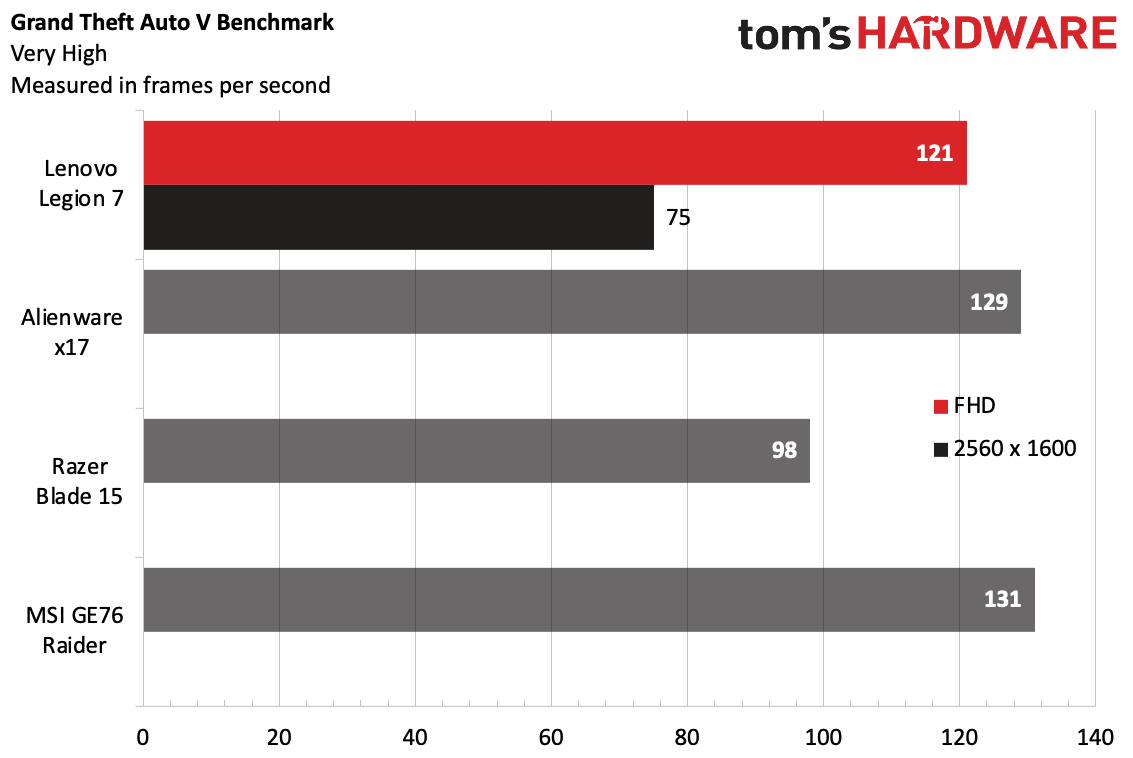
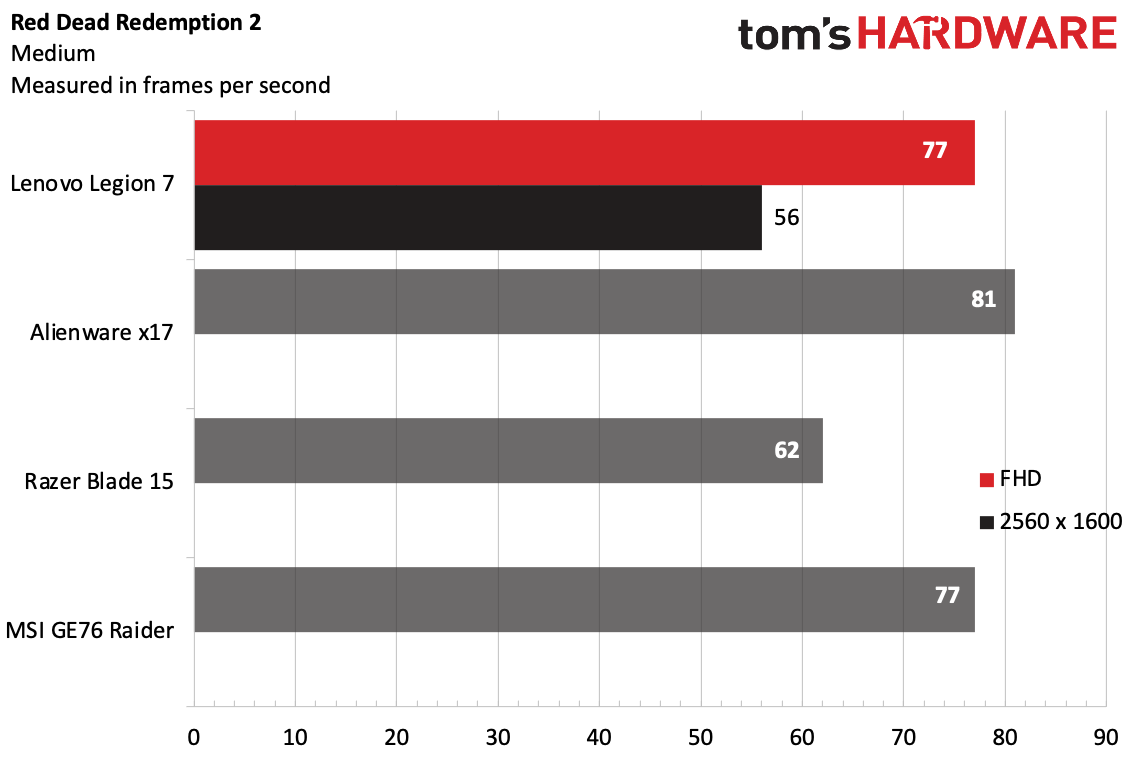
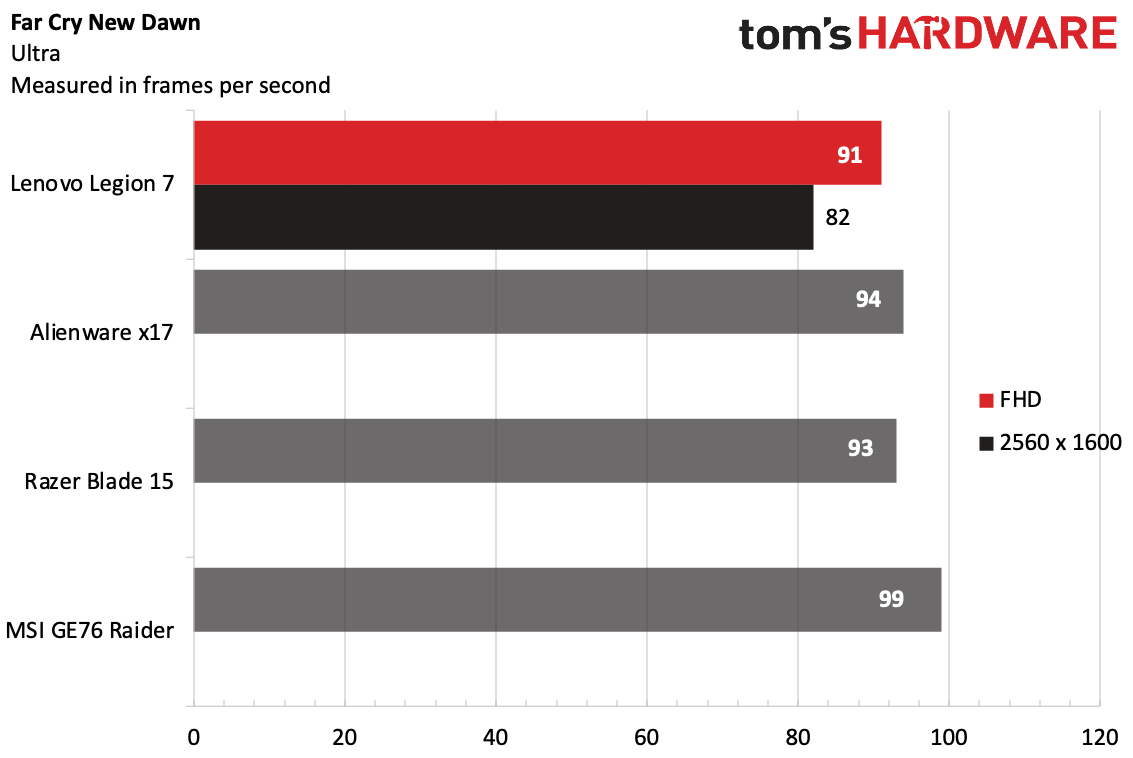
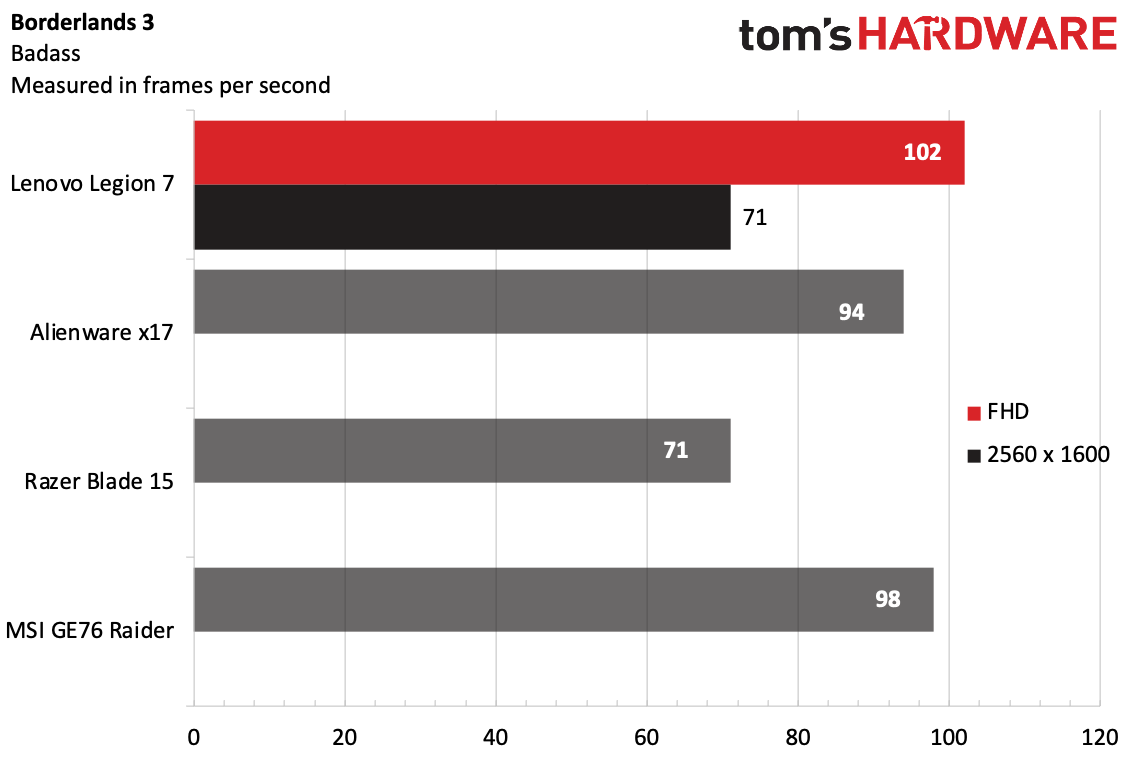
I played Cyberpunk 2077 under the highest ray tracing setting and a native resolution of 2560x1600 under Lenovo Vantage's Performance Mode. The frame rates fluctuated around 55 frames per second. Shortly into our playthrough, GeForce Experience showed the GPU hit temperatures of 86 degrees Celsius (186 degrees Fahrenheit), which made the keyboard and laptop itself too hot to use comfortably.
On Shadow of the Tomb Raider (highest settings, 1080p), the Legion 7 hit 97 frames per second during the benchmark at native resolution. This beats out the Alienware x17 and the Razer Blade 15 ’s 77 and 80 fps . However, the MSI GE76 Raider outperformed the Legion 7 at 106 fps. At its native 2560 x 1600, the Legion benchmarked at 71 fps, more than Razer Blade 15’s 54 fps at 1440p.
During the Grand Theft Auto V (Very High, 1080p) benchmark, the Lenovo Legion 7 hit an average of 121 fps, the Alienware x17 hit 129 fps, the Razer Blade reached 98 fps, and the Raider ran at 131 fps. The Legion 7 got 75 frames in its native resolution, ahead of the Razer Blade 15’s 62 fps at 1440p. The Alienware x17 pushed out 41 frames at its native 4K.
The Legion tied with the Raider at 77 fps running Red Dead Redemption 2 at medium settings in 1080p, behind the Alienware x17’s 81 fps. At 2560 x 1600, however, the Legion stands tall at 56 fps, ahead of the Razer Blade 15’s 44 fps at 1440p.
For Far Cry New Dawn under ultra presets, the Lenovo Legion 7 hit 91 fps at 1080p and 82 fps at 1600p. Meanwhile, the Alienware x17 hit 94 fps on 1080p and 60 fps in 4K. The Razer Blade hit 93 fps at 1080p and 82 fps in 4K. At 1080p, the Raider had the best performance, tapping out at 99 fps.
During benchmarks for Borderlands (badass settings), the Legion was the best at FHD averaging 102 fps, as well as achieving 71 fps at 2560 x 1600 . Behind it under FHD settings was the Raider at 98fps, Alienware x17 at 94fps, and the Razer Blade 15 at 71fps. The Razer Blade 15 hit 51fps at 1440p while the Alienware x17 reached 38 fps at its native 4K.
We also ran our standard stress test: 15 runs of the Metro Exodus benchmark on ultra and RTX settings. The Legion hit a consistent 73 frames per second. The GPU fluctuated around 675 MHz at 46 degrees Celsius (114 Fahrenheit.). The CPU hit an average of 3.35GHz at 76 degrees Celsius (165.2 degrees Fahrenheit).
Productivity Performance on the Lenovo Legion 7
We tested the Lenovo Legion 7 with a top-end AMD Ryzen 9 5900HX, along with 32GB of DDR4-3200 RAM and a 1TB M.2 SSD.
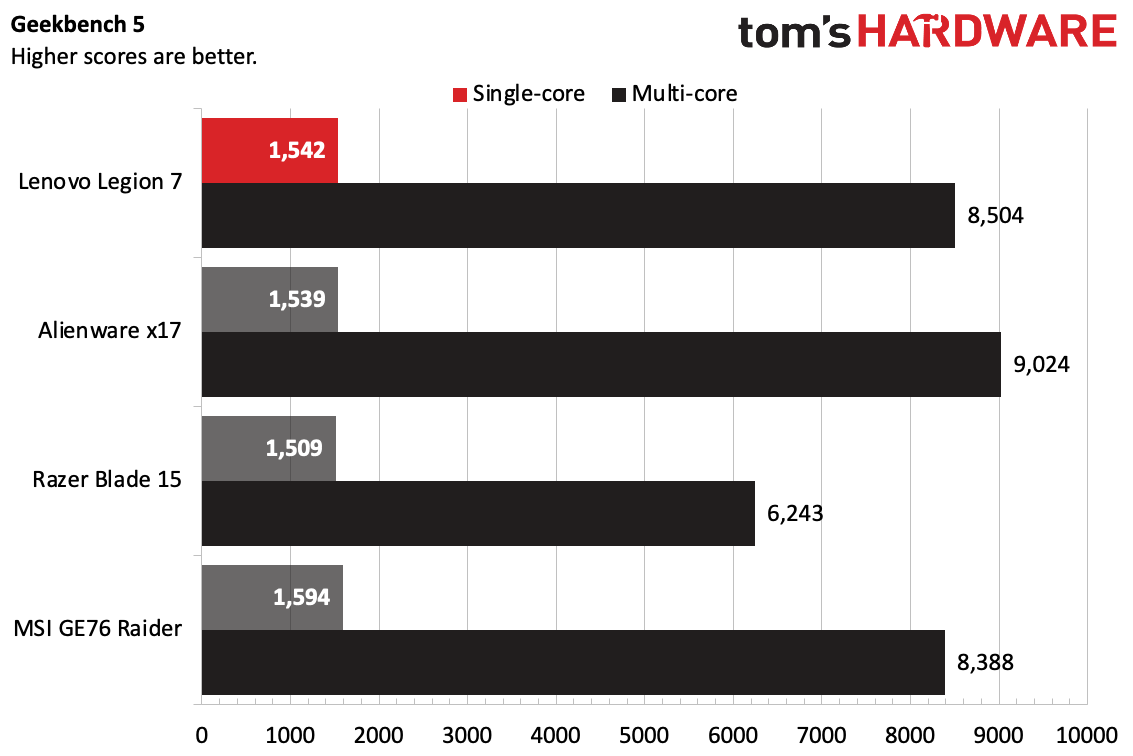
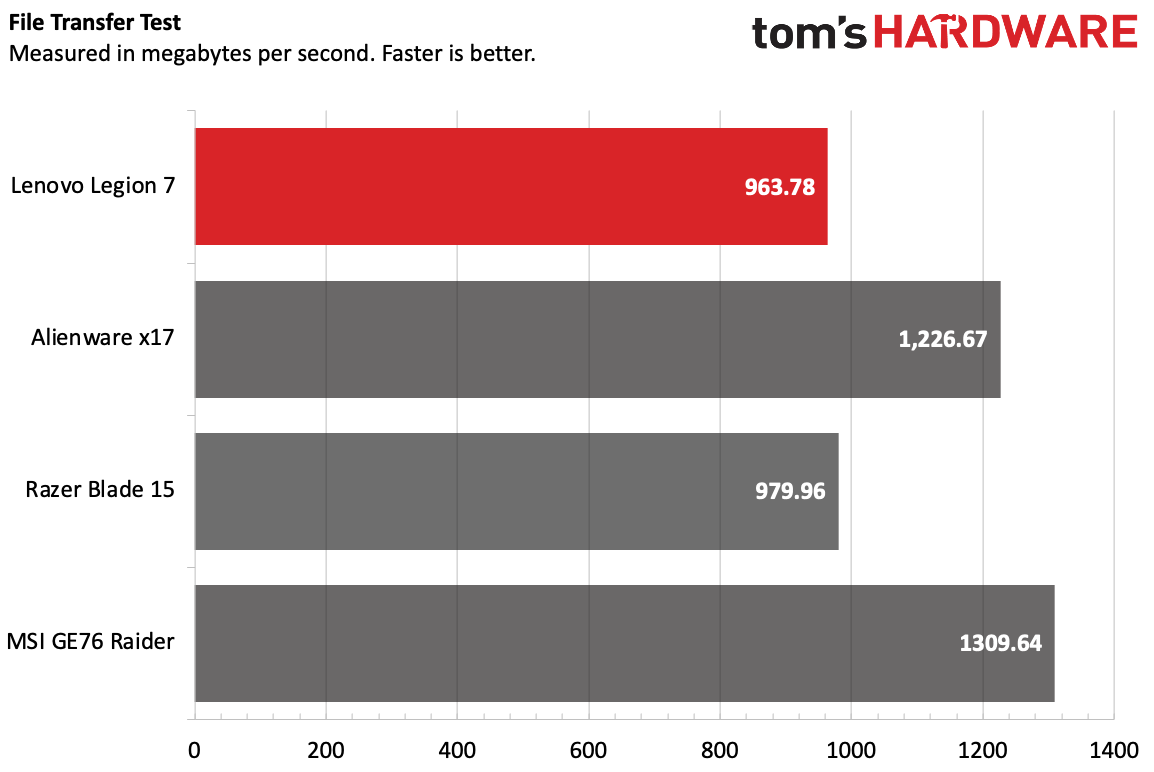
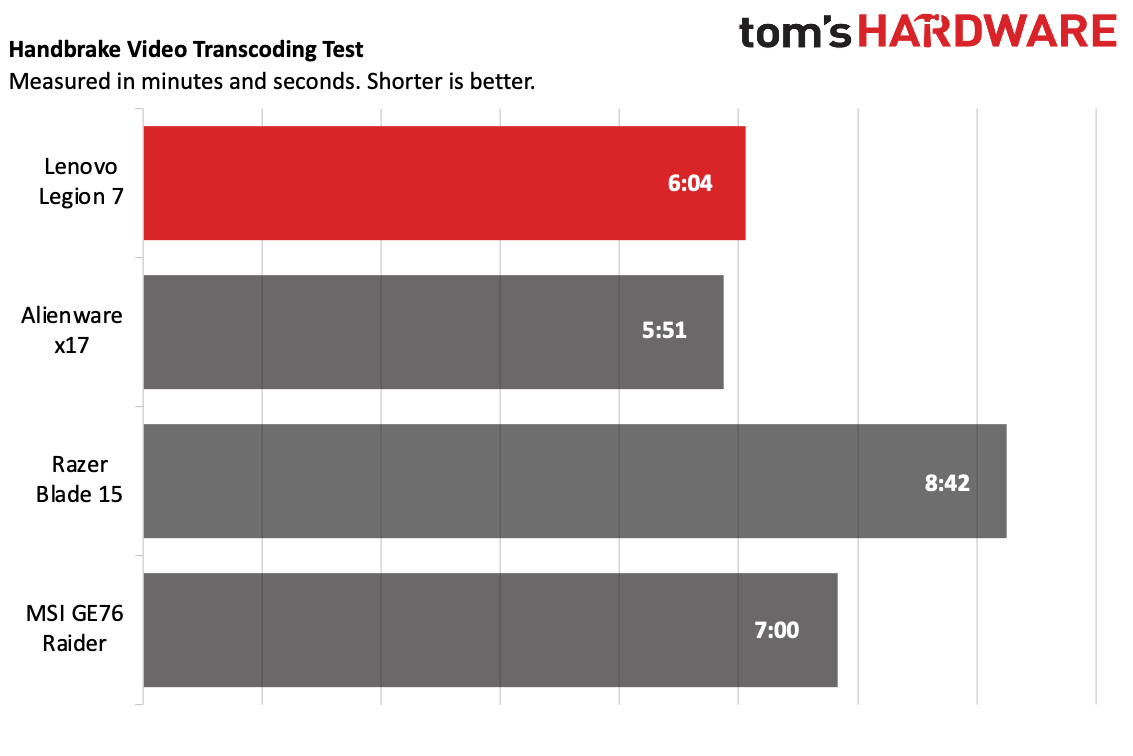
In Geekbench 5.4, the Lenovo Legion 7 achieved a single-core score of 1,542 and a multi-core score of 8,504. It scored second fastest in multi-core speed when compared to the Alienware x17 at 9,024 and second slowest in single-core at 1,539 next to the Razer Blade 15.
On our Handbrake test, it took the Lenovo Legion 6 minutes and 4 seconds to transcode a 4K video to 1080p, the second fastest out of all compared rival speeds. The fastest was the Alienware x17 at 5:51. The third was MSI GE76 Raider at 7:00, and last was the Razer Blade 15 at 8:42.
The Lenovo Legion 7 also copied our 25GB of test files at an average of 963.7MBs, the slowest out of all other rivals. In first place was the MSI GE76 Raider at 1309.64. Behind it is the Alienware x17 at 1226.67. In third was the Razer Blade 15 at 979.96. Still, its drive speed is far from slow, at nearly twice the speed of most SATA SSDs.
Display on the Lenovo Legion 7
The Lenovo Legion 7’s 16-inch QHD IPS display with a 16:10 aspect ratio has a resolution of 2560 x 1600 and up to 165 Hz refresh rate. It delivers sharp 2K footage and crisp, vivid colors while gaming.
That refresh rate should be more than enough for most players. None of the games we tested hit frame rates that need more, though you might want it for serious esports. However, I would have loved a higher resolution on the Legion 7, similar to the Alienware x17, though that would add to the cost
Our time spent playing Cyberpunk 2077 on the highest settings with ray tracing on looked like a movie, and the display played a big part in that. The color detail from the car reflections and the outdoor lighting always felt realistic.
The Lenovo Legion 7’s display falls short compared to some other laptops here, with its 77.7% coverage of the DCI-P3 and 110% of the sRGB Color gamut. The MSI GE76 Raider offers slightly weaker display specs with 73.3% DCI-P3 coverage and 104% of the sRGB Color gamut. Otherwise, competitors like the Razer Blade 15 and Alienware x17 blow the Legion out of the water. The Razer Blade's display offers 163% DCI-P3 and 115% sRGB Color gamut, while the Alienware x17 provides 164% DCI-P3 with 116.2% sRGB Color gamut.
Keyboard and Touchpad on the Lenovo Legion 7
I thoroughly enjoyed using this keyboard, despite generally disliking laptop keyboards with a number pad. Although the Lenovo Legion 7's keyboard includes a number pad, the keyboard itself didn’t feel too left-adjusted the way some other laptops with those keys feel to me. The keycaps felt comfortable to the touch and felt an appropriate size. My score using the 10fastfingers.com on this keyboard was 50 wpm. I’ve gotten worse scores on different laptops, but while I was typing, I didn't feel the need to look down in order to ensure I was pressing the right keys. That said, I do think it would be better if the backspace key was bigger.
Certain keys have their own hotkey functions when pressing Fn, showing their secondary uses. For instance, the Fn + Q key allows you to change performance presets from Auto, Quiet, and Performance (if connected to power.) There’s also an Fn + R key function that changes the display setting from the standard 165Hz to 60Hz, which comes in handy when trying to conserve power.
I love that the touchpad is skewed a bit to the left, since the keyboard keys are shifted slightly due to the space bar. It felt more natural to have it under the keys I predominantly type on.
The touchpad itself feels smooth to the touch, without any friction when scrolling up and down. There’s little to no residue left over from your touch, and it is an appropriate size in height and width at 4.7 x 3-inches.
Audio on the Lenovo Legion 7
At first, I was surprised by how loud the speakers were. When I began listening to “Omar’s Coming” by Westside Gunn, I noticed how muffled the song was. Then, upon further inspection, I lifted the laptop and realized there were two smaller speakers underneath. Once I lifted it off the surface, Immediately heard the extra “oomph” they provided.
When I changed tracks to “Deep Down” by Josh Gabriel, the music was much crisper, and vocals sounded much more present. Kicks were no longer lost in a hushed tone. When firing on all cylinders, the speakers carry enough audible bass and range to appreciate cinematic entertainment, and they made my joyride around Night City in Cyberpunk 2077 all the better. The in-game music boomed and the car engine roared with the clarity of an action film.
Nahimic audio software comes pre-installed and allows you to change presets for music, movies, gaming, and communication. These settings themselves can also be tweaked via an equalizer, which helps if you need crisper vocals or more bass in a certain song. The software can be handy but the presets usually need adjusting for a given situation as opposed to being a one-button fix-all thing.
Upgradeability on the Lenovo Legion 7
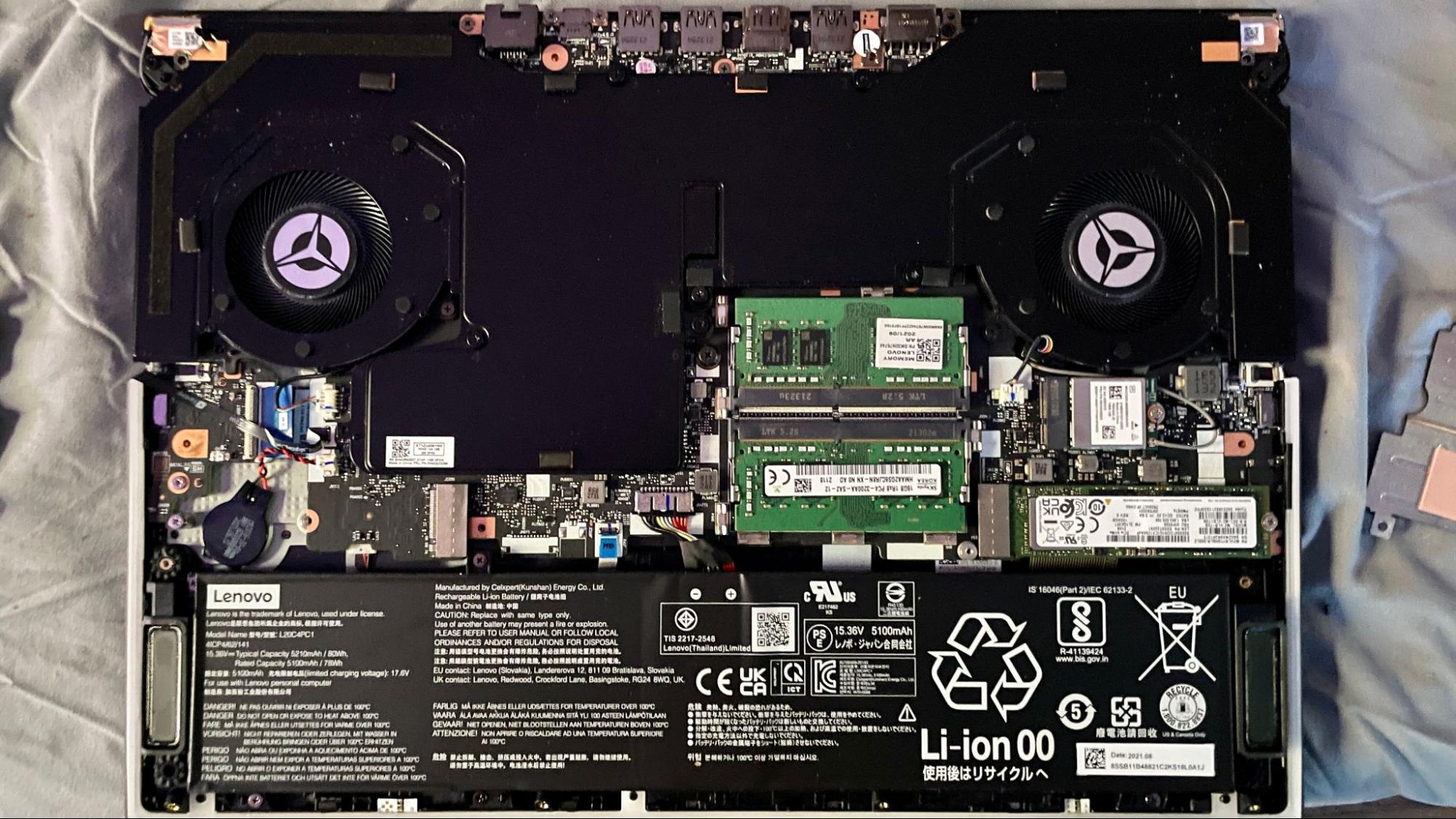

I used a Phillips head screwdriver to take out ten screws from the bottom cover of the laptop: four screws along the top, four screws at the bottom, and two screws on either side. I also needed a pry tool to fully unlatch the bottom panel from the rest of the laptop, but did just fine using an expired credit card instead.
There are three removable shields surrounding the RAM and storage, two of which can be unscrewed with a similar screwdriver. Once those are off, you will see dual slots for M.2 SSDs on either side, and one already preinstalled (you can configure with two drives when you buy, or add more later). To access the RAM, you can just pull off the shielding with your fingertips.
Battery Life on the Lenovo Legion 7
The wattage provided by the charger allows for peak gaming when powered on, but the battery life can be disappointing when unplugged, especially when gaming or doing other intensive tasks. But that's not to say unplugged longevity is bad for a gaming laptop. On our battery test, which involves streaming video, browsing the web, and running OpenGL tests over Wi-Fi, all with the display at 150 nits of brightness, the Legion 7 ran for 4 hours and 39 minutes.
This is right around the same ballpark as its rivals, such as Razer's 4 hours and 44 minutes runtime and Alienware x17 at 4 hours and 31 minutes. The MSI GE76 Raider died much faster in comparison at 2 hours and 40 minutes.
The Lenovo Vantage software offers ways to offset power consumption, such as turning on Quiet mode, turning off the RGB keyboard, and turning down the screen. However, if you’re strictly running off the battery, you may want to carry along its very hefty charger.
Heat on the Lenovo Legion 7
When setting up to play Cyberpunk 2077, the Lenovo Legion 7 got unbearably hot after a few minutes on my lap, which actually started to make me sweat. Leaving the Legion 7 stationary on a desk or table is paramount.

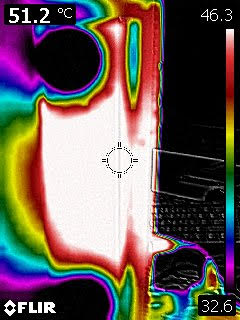
During the middle of our Metro Exodus stress test, the Lenovo Legion 7 got loud and hot. The keyboard hit 47.9 degrees Celsius (114.9 degrees Fahrenheit) and made my hands sweaty. The touchpad remained cool at 25 degrees Celsius (77 degrees Fahrenheit.) Lastly, the underside near the vent is where the laptop was its hottest at 51.2 Celsius (170 degrees Fahrenheit). Again, you don't want to game for long periods with this laptop actually in your lap.
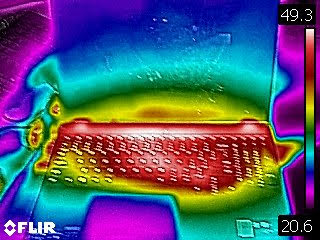
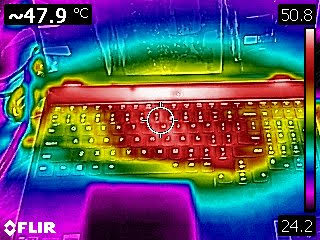
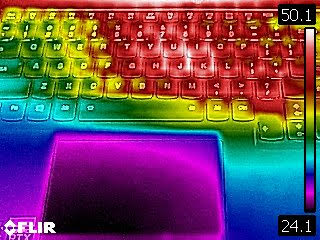

Webcam on the Lenovo Legion 7
The laptop's camera quality is very poor. My face was blurry, pixelated, and a lot of details on my tattoos and beard were missing. I had trouble accurately capturing bright colors from my LG CX’s rainbow-colored screen saver, which could be seen behind me. When I tried capturing footage in a brighter room, I noticed how much blur was removed. But the better lighting only makes the pixelation more noticeable.
Software and Warranty on the Lenovo Legion 7
We tested the Lenovo Legion 7 with Windows 10 Pro, but most configurations now ship with Windows 11.
Outside of the usual preinstalled apps like TikTok and Spotify, the handiest app is Lenovo Vantage Vantage has multiple settings to customize the laptop, including different performance modes depending on if you want silence or full-blown power.
Network Boost prioritizes packets traveling on your network, and there’s a tab in the app that allows you to select which applications get priority. AutoClose closes an app as soon as a game is launched, in order to maximize performance. Hybrid Mode uses the CPU graphics to boost battery performance whenever it’s not gaming. There are also Macro Key customizations, touchpad lock, rapid charge, and Nahimic audio/microphone settings available. Through the app, you can also access system updates, check battery health, warranty, temperatures, camera settings, and more.
To change the lighting colors and effects featured on the laptop, Lenovo is using Corsair's iCue app.
Lenovo sells the Legion 7 with a one-year warranty.
Lenovo Legion 7 Configurations
Our Lenovo Legion 7 came equipped with an Nvidia GeForce RTX 3080, AMD Ryzen 9 5900HX, and 32 of DDR4-3200 RAM, as well as 1TB of storage for $2,649.99 total.
However, Lenovo offers a Ryzen 7 5800H, RTX 3060 (8GB) and 3070 (8GB), 16GB of DDR4-3200 RAM, 512GB, 1TB, and 2TB SSDs options, with dual storage options available starting at $1,959.99.
Then, of course, there is the Intel version, the Lenovo Legion 7i , which is also available with similar specifications for a starting price of $1,799.99. You get the same 15.6-inch, 2560 x 1600 display across the different configuration options.
Bottom Line
The AMD-powered Lenovo Legion 7 is a top-notch gaming laptop for enthusiasts who want next-generation gaming in a mobile form factor. The RGB-powered laptop screams gaming in every way through its well-thought-out design, from the surrounding lights and keycaps to its well-placed vents and speakers.
The 720p webcam is not great, but that's par for the course for gaming laptops, unfortunately. Lenovo could have gone over the top and given the laptop a display with better resolution, but again, these are typical grievances that would also add to the price. The Alienware x17 offers similar top-end specs as the Lenovo Legion 7 but with a higher 4K resolution and a higher price tag of $3,606.99 when we tested it. The configuration we tested with the Legion 7 isn't affordable for all, but it's cheaper than many other gaming laptops.
Although the laptop gets very loud during practical use, most powerful gaming laptops do as well. The Lenovo Legion 7 also tends to run on the hotter side. As long asyou're prepared for that (meaning you game on a table or desk, not your lap) the Lenovo Legion is a fine choice, especially if you can afford to snag one with high-end specs.
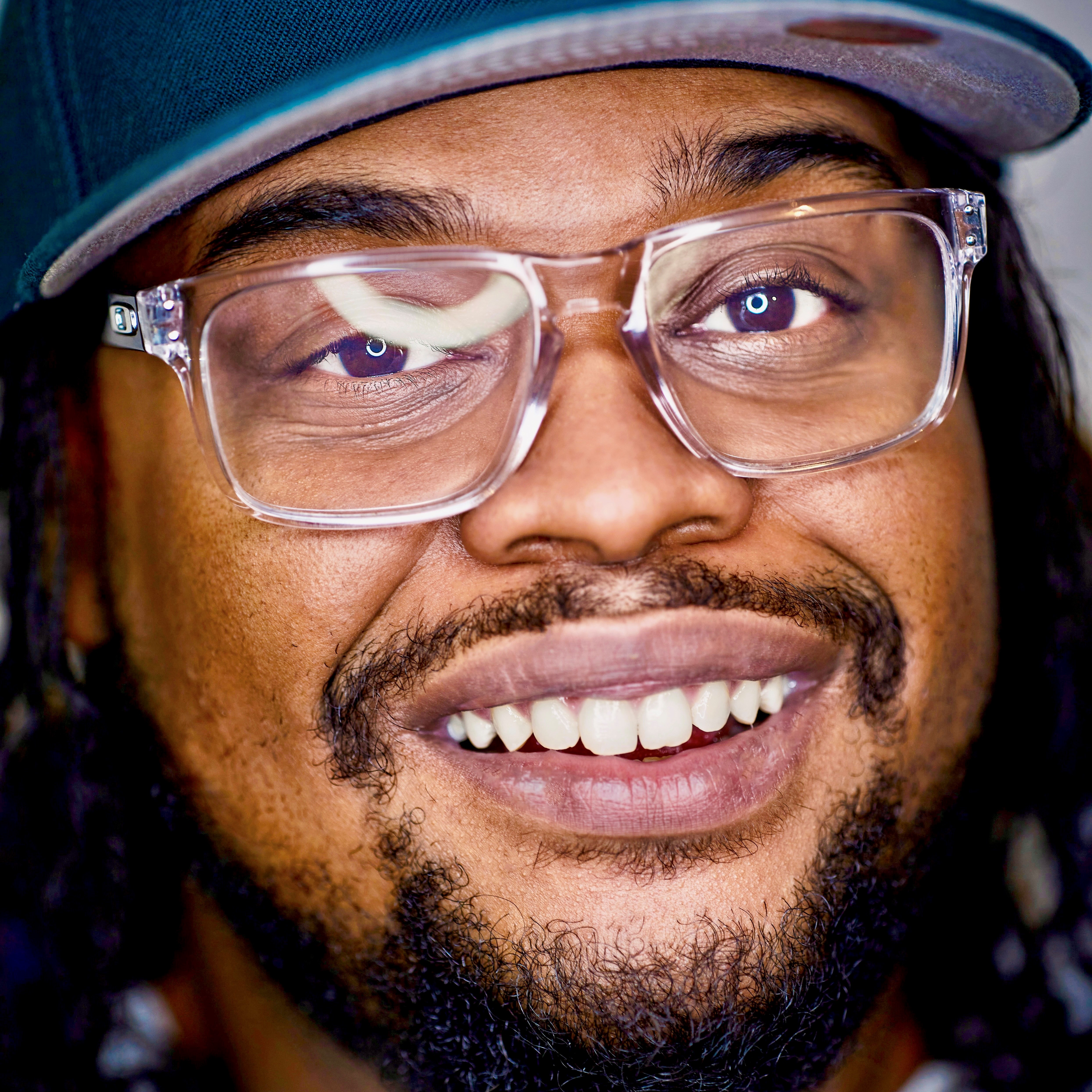
Isaac Rouse is a staff writer at Tom's Hardware. He reviews laptops and various gaming peripherals.
